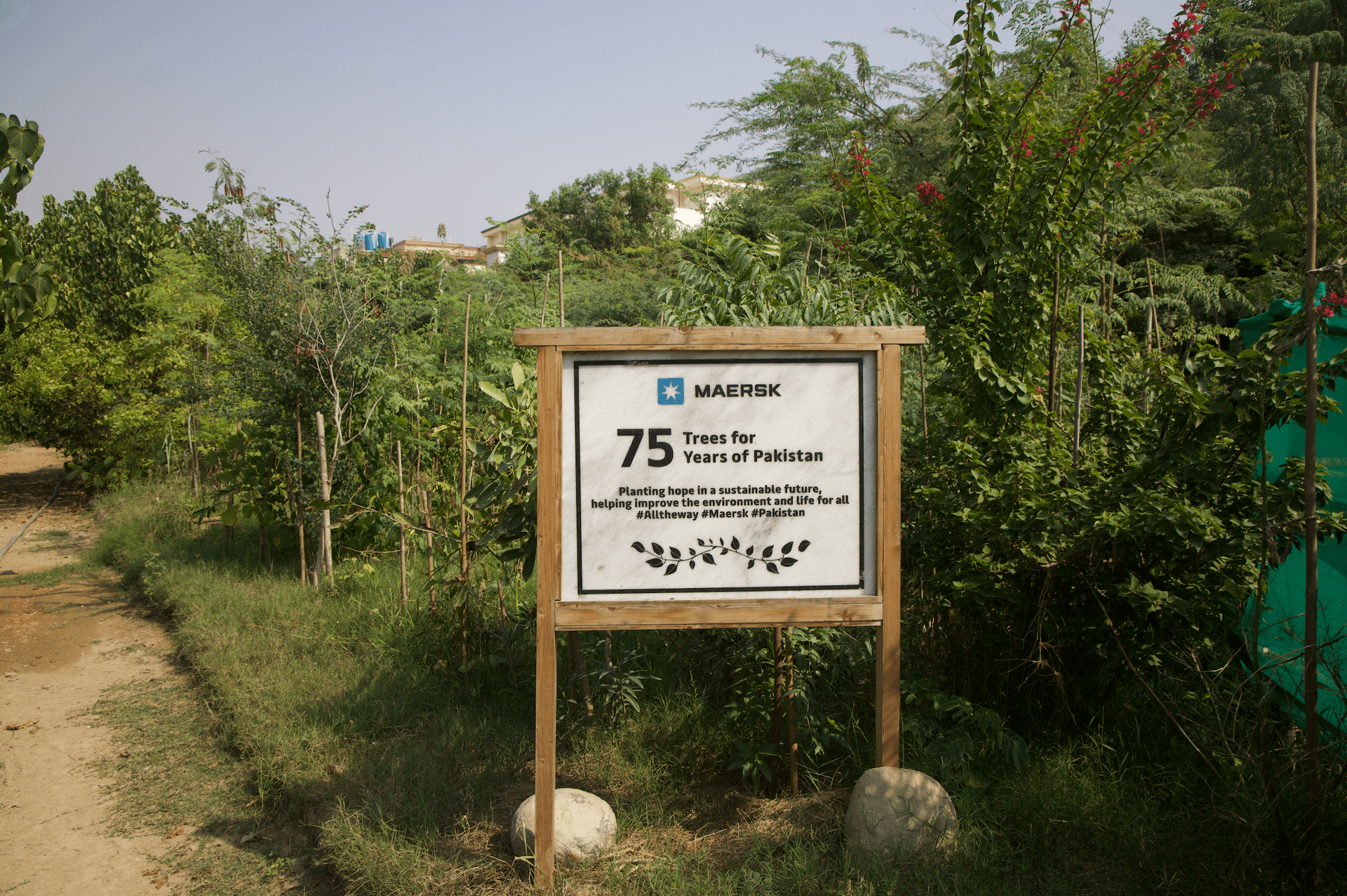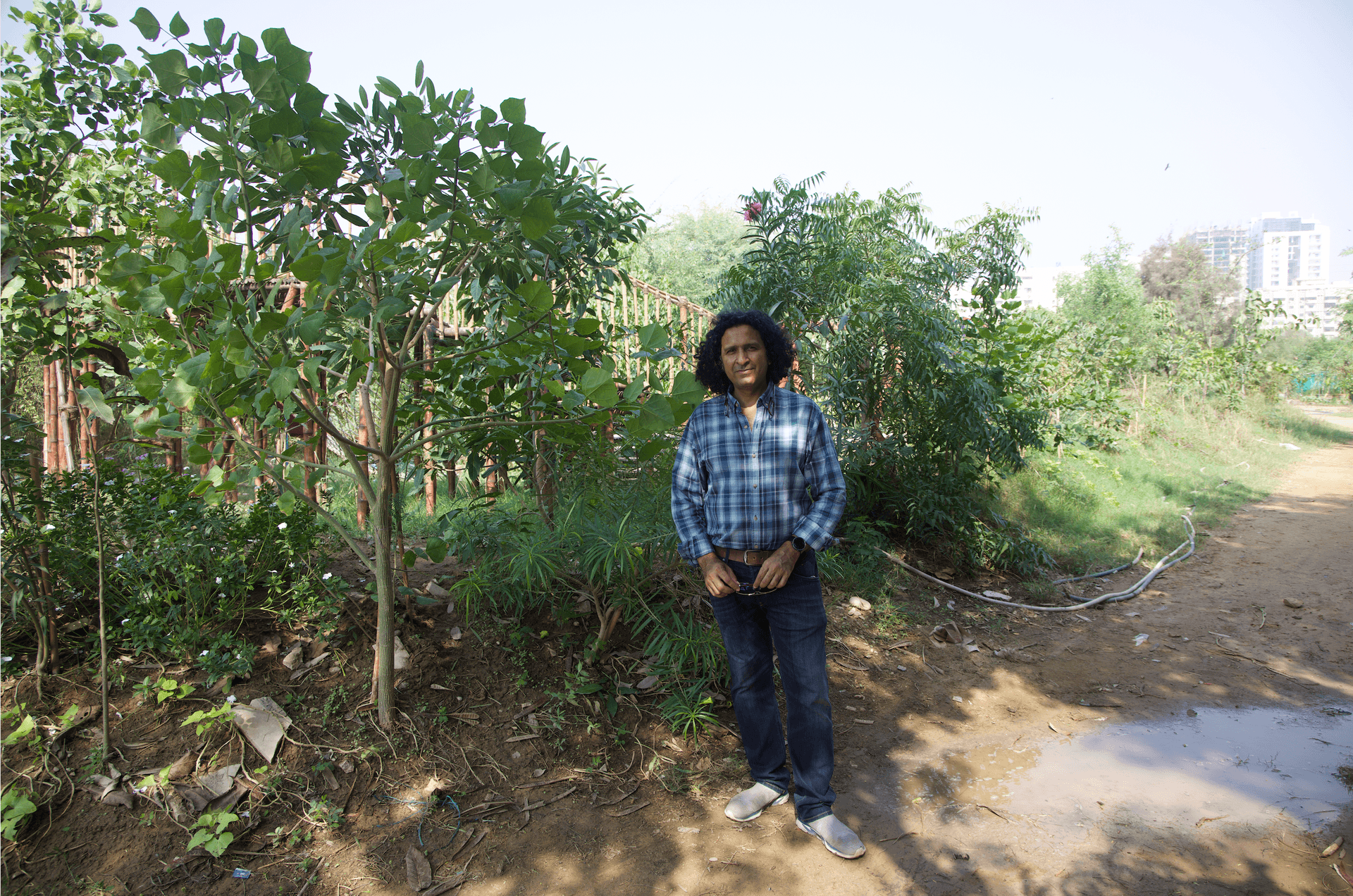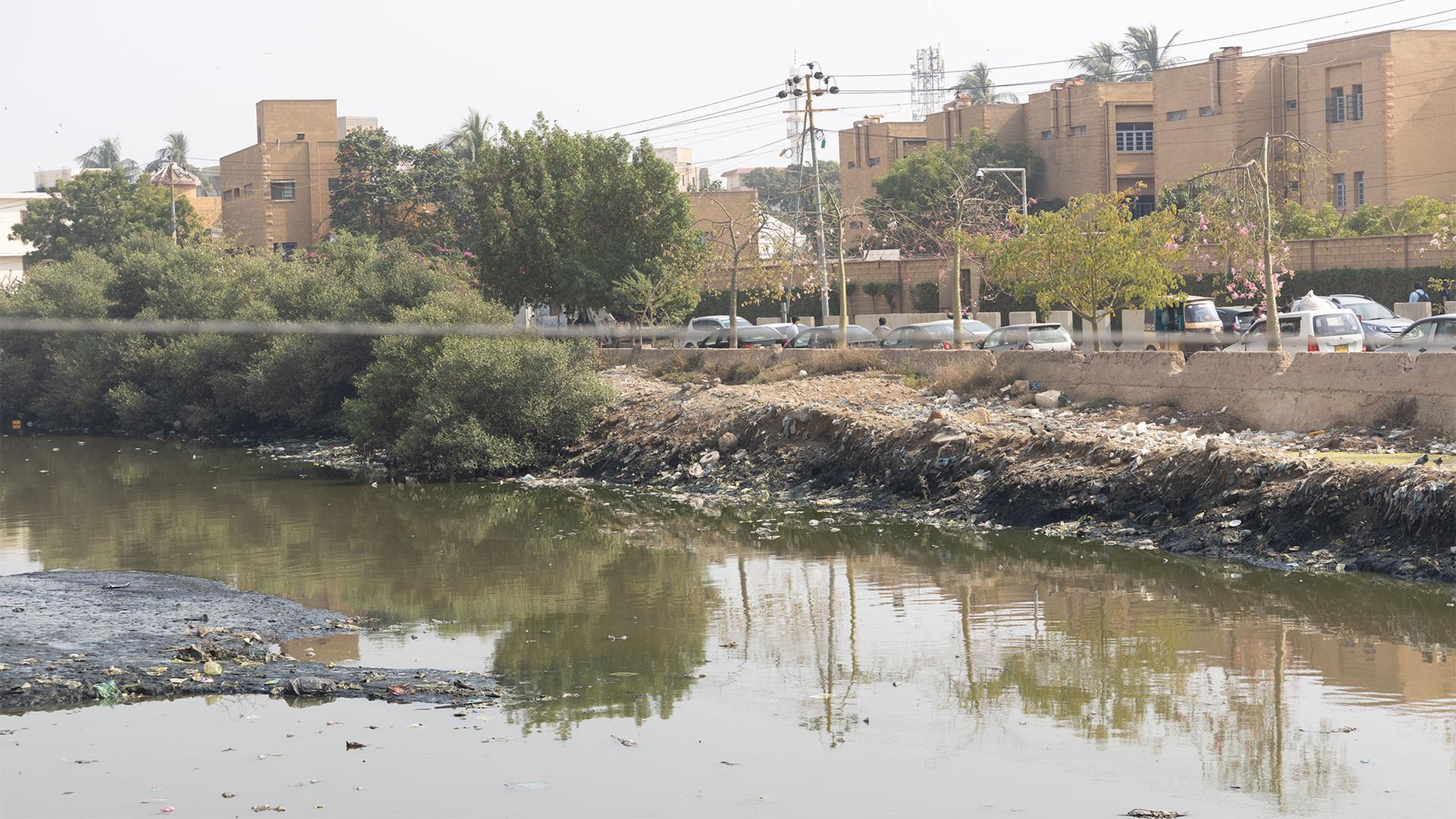‘The system is broken’: At COP27, developing countries push for more money to adapt to climate change
In the wake of Pakistan’s catastrophic flooding this year, the World Bank estimated it will cost the country $152 billion over the next eight years to adapt to the impacts of climate change.
As warming temperatures push up sea levels, bring more intense storms and fuel deadly heat waves, the costs of readying infrastructure and populations for this onslaught in developing countries will tally into hundreds of billions of dollars each year.
Yet funding flowing to those countries is five to 10 times less than what’s actually needed, according to the UN.
At the COP27 climate summit in Sharm el-Sheikh this month, developing nations have been pushing for more funding, canceled debt and changes to the global financial system to help them address this funding gap.
“I understand that we all have to do more, Pakistan has to do more to reinvent itself,” said Pakistan’s Climate Minister Sherry Rehman, speaking about the need for adaptation. “I also appreciate and think that all our partners have to do the same.”
The need for adaptation is clear in the coastal megacity of Karachi, Pakistan’s commercial hub.
“Karachi is vulnerable when we think about all the possible four scenarios that you relate to climate change: flooding, drought, extreme heat and sea-level rise.”
“Karachi is vulnerable when we think about all the possible four scenarios that you relate to climate change: flooding, drought, extreme heat and sea-level rise,” said Farhan Anwer, an urban planner and academic in Karachi specializing in sustainable cities.
Critical infrastructure on Karachi’s coast now stands vulnerable to rising sea levels. Monsoon rains already cause annual flooding, including in the informal settlements built on the banks of the city’s stormwater drainage ditches.
Without a proper sewage or solid waste management system, those ditches become choked with both trash and human waste, Anwer said.
Standing near one of those ditches, Anwer explained that adapting to increasingly intense monsoon rains will require a range of infrastructure and policy upgrades.
“Unless we have an efficient sewage system, it will again be flooded with sewage water. If we don’t have a proper solid waste management system, people will continue to dump their garbage here,” he said. “If we don’t have affordable housing schemes for the urban poor, they will continue to have settlements built along these areas.”
Anwer, who wrote an adaptation plan for Karachi a decade ago and consults with the World Bank, stressed that better governance in the city is essential to adapting to climate change.
But it also requires money.
Urban forests
In response to a deadly heat wave that struck his city in 2015, Karachi resident Shahzad Qureshi launched an urban forest in his neighborhood.
Since then, he founded the organization called Urban Forest and has gained international acclaim for creating 20 small, densely planted forests across Karachi — and more around the country — largely at the invitation of private landowners.
With a positive response, he said he thought he’d landed on a model that could be scaled up to help cool the city and alleviate monsoon flooding.

“This is going to be a great respite,” he thought. “We’re going to change the microclimate of Karachi!”
Quershi has since been working for years to gain support to scale his forests up, with a target of covering 25% of Karachi with trees. He’s shopped this idea around to government representatives and private citizens, but said he hasn’t yet gained much traction.
“The only thing actually stopping us is money,” he explained. “That’s it.”
In 2010, developed countries pledged to raise and mobilize $100 billion a year in climate finance for developing countries by 2020. They missed that target by nearly $20 billion, and don’t appear on track to meet it until 2023.
And most of that money goes toward mitigation, or projects like renewable energy plants that help slash emissions.

Only 34%, or $28.6 billion, went to adaptation in 2020, according to the Organization for Economic Cooperation and Development (OECD).
Chiara Falduto, who tracks climate finance for the OECD, said that’s partly because adaptation projects, like beefing up a city’s disaster response systems or helping farmers adapt to climate change, typically don’t offer a return on investment. And they’re largely funded by governments.
“In the case of mitigation projects, this is different,” Falduto said.
Investors at a new solar power plant, for example, can expect a direct return on their investment when electricity is generated and sold.
At the COP27 summit in Sharm el-Sheikh this month, many developing countries are pushing for wealthy nations to strengthen pledges to double adaptation finance and achieve a balance between funding for adaptation and mitigation.
And Pakistan is calling for debt relief.
“I think we need partnerships for the future where the financial burdens on debt-ridden countries need to be reduced to deal with the post-existential climate crisis world,” climate minister Sherry Rehman said at the summit.
Barbados’ Prime Minister Mia Mottley is gaining traction for an initiative that would provide hundreds of billions of dollars in grants and low-interest loans to developing countries.
In G-7 countries, she told reporters at Sharm el-Sheikh, countries can borrow at interest rates between 1% and 4%.
“In most of the Global South, the average borrowing rates are now between 12 and 14%,” she said. “So, you begin to see the disparity.”
Mottley argues that these rates mean the so-called “Global South” countries rack up high levels of debt when borrowing to recover from climate-fueled disasters, and are then unable to invest in other priorities, including adaptation.
“The system is broken, and what we need to ensure is a more level playing field for the cost of capital, because it’s the cost of capital that will be borne and will crowd out our ability to finance other aspects of our development.”
